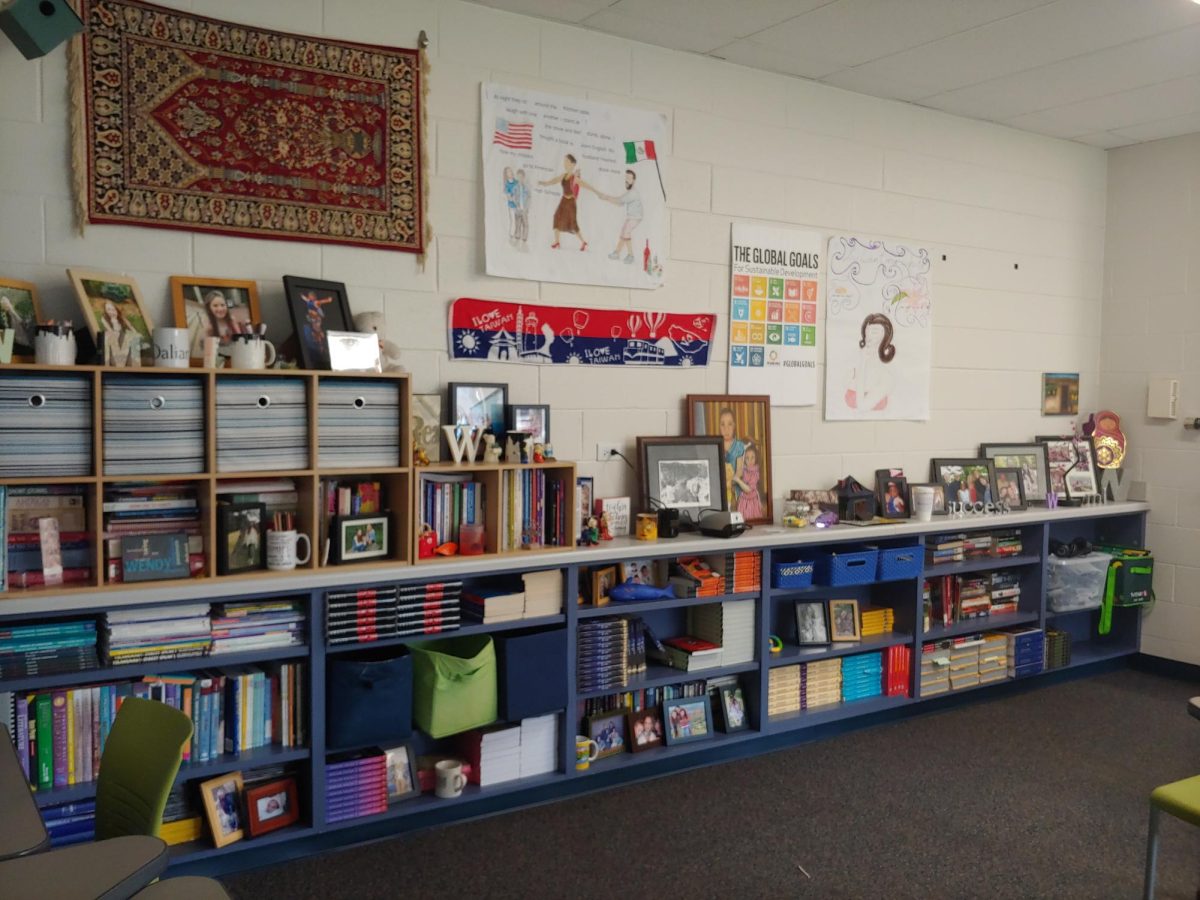Between the bustling hallways of VHHS, unique mosaics of our world cultures unfold. One may witness students experience the phenomenon of assimilation and acculturation. However, adjusting to a new culture varies and presents distinct challenges and successes within our school environment.
Wendy Meister-Louria, a VHHS English Learner teacher, defined assimilation as the process of replacing one’s own unique cultural aspects with the dominant culture. In this case, it would be becoming a standard white American. On the other hand, acculturation is adapting to the dominant culture but retaining the unique aspects of one’s culture.
“[EL Teachers] want students to acculturate,” said Meister-Louria.
Maintaining the core elements of one’s culture while adapting to the culture in the US can come in various forms, such as language. Natalia Marin (10), who moved a year ago from Mexico, said she continued to preserve her culture through her native language.
“I speak Spanish all the time, except for when I’m in school. And even in school, I speak a lot of Spanish with people that also speak Spanish. So, Spanish is one of the things I really try to preserve,” said Marin.
Dasha Kamaieva (11), who moved from Ukraine, continues to maintain her cultural norms such as celebrating New Years instead of Christmas. She also celebrates her Orthodox religious holidays such as Nativity of Christ, Holy Epiphany, etc.
However, Marin said she does face challenges in her new environment, English communication is one of her biggest challenges.
“I’ve learned English since elementary school. There are still words that I don’t know how to say, like getting used to the slang in school,” Marin said.
Leonardo Cecon (10), who moved from Brazil, said that culture shock was another struggle, specifically regarding the cafeteria food. He said he wasn’t used to all the food the cafeteria had to offer and preferred making his own lunches to preserve his culture and comfort.
Notably, Marin mentioned the feeling of being homesick.
“First month or two months or so — that’s when you get the most emotional, because that’s when you’re still attached to your home country…There are some days where I just feel really homesick, and I just really miss [Mexico].”
Despite the emotions, Marin found that her move to the US changed her personal life for the better.
“My family has grown closer to each other…it was only me, my brother, and my mom first here, and we didn’t really know anyone. So, our social activities were with us; we would spend all our time together,” Marin said.
Additionally, Cecon supported VHHS resources and support systems for new students from different countries. He said the variety of affinity clubs and welcoming staff allowed him to smoothly transition into VHHS.
For example, Meister-Louria purposefully decorated her classroom with pictures of her family and items from around the world. This was to demonstrate comfort and the value of their culture in their new classroom environment.
“I want students to see that I value what their culture is. We spend a lot of time talking about my family, because I want them to feel comfortable talking about their families. It’s a communication process called reciprocity,” Meister-Louria said.
Kamaieva advised new students like herself to express themselves truthfully.
“Just be yourself. Don’t be scared to express your feelings or your thoughts. You may think that you’re different from others. It’s not a bad thing, especially here in America, because it’s a country of independence and freedom. Follow what your heart feels,” Kamaieva said.

